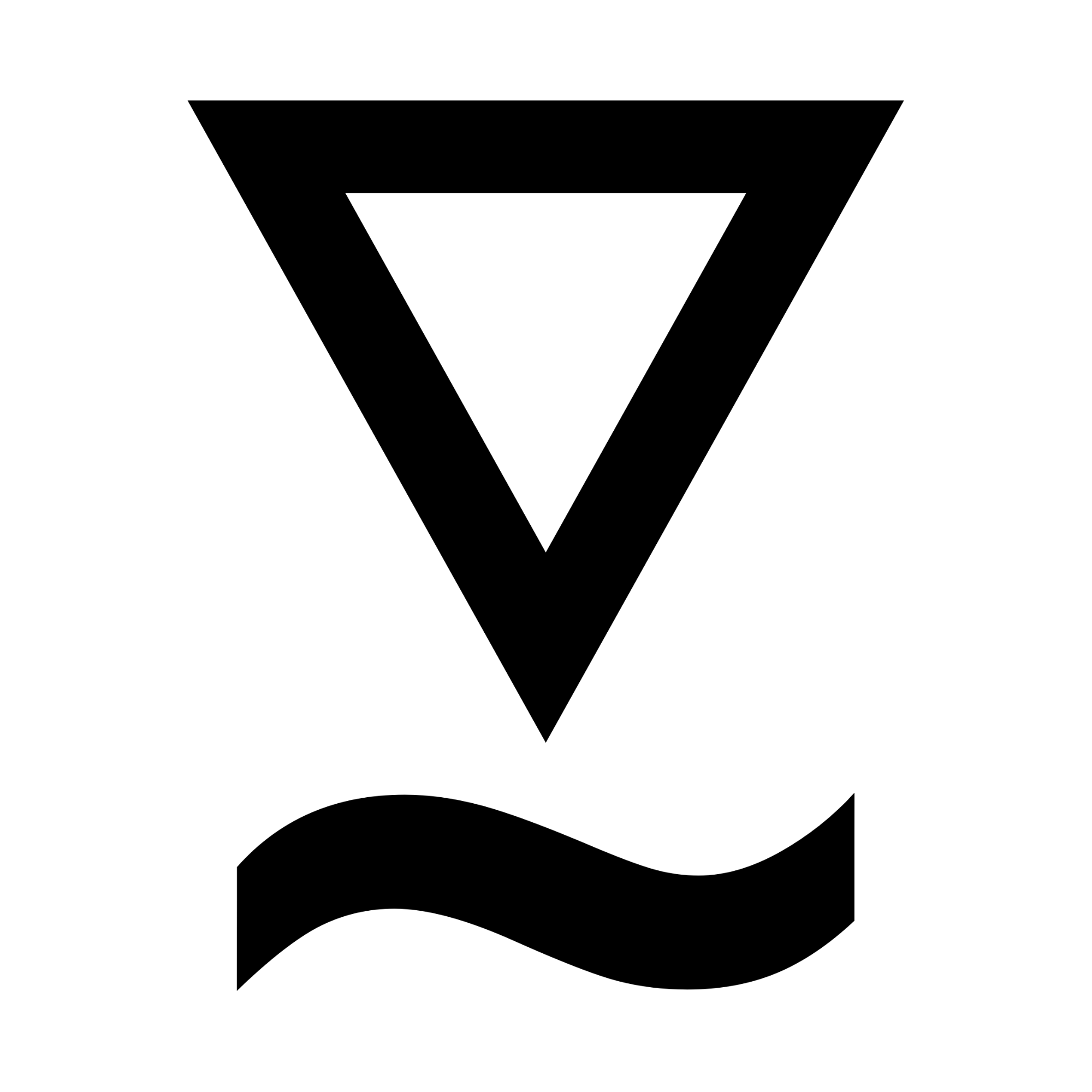
Pompology
Together
Active Imagination Guide!Active Imagination is a style of meditation developed by Carl Jung, over 100 years ago. At its core, it develops one's connection to the psyche, which is often needed to find the individual's own path. To find one's path is a means of self love and internal peace. This style of meditation is integral to interacting with the religion of Pompology, and at least one 15-minute session a day is recommended. Below is a short guide on how to get started, and some troubleshooting tips to help after. The Basic Active Imagination Ritual (2024):Step I: Find a comfortable, dark, quiet room that you can focus in; make sure you are relaxed. Step II: Close your eyes. Step III: Let your thoughts be free; do not filter them or try to control what they are. Step IV: When images come up, pursue them. If you have a scene in your mind, go there and walk around. If you see a person, animal, or mythical creature, interact with them. Step V: Record an audio file of you talking about the experience or write it down in as much detail as you can.Example of a setting one could find themselves in during a session: "I'm on farmland full of golden wheat, and a red barn house stands in front of me. I open the doors and find a gray-alien playing on an old arcade cabinet, I begin a dialogue with it. 'Who are you?' I ask. 'I am the true man.', it responds..." As you have learned, our subconscious mind, the border between the Conscious and all untapped Creativity/Symbolism, is the one place where we can directly interact and observe the Psychopomp. Unfortunately, most people in modern life aren't already substantially attuned to their subconscious, this may make it difficult for the Psychopomp to reach you, possibly entirely stopping communication with her. Active Imagination aims to strengthen your visualization skills, therefore more efficiently opening up lines of communication with the Psychopomp. You might also notice that your creativity levels have risen, contributing to your ability to identify new paths of opportunity. Troubleshooting!1.Follow Step V for future analysis. While recording isn't 100% required, it will help catalog points of interest; Patterns and Symbols found during sessions are individually unique. If you struggle remembering specific details, keeping a general record is helpful. The more you write down the better you’ll be at capturing details. As they say, practice makes perfect. 2.The setup conditions in Steps I and II are not set in stone, but are considered common practice. If something unlisted from the guide helps you meditate, feel free to use those methods. Additionally, if you find yourself struggling to relax or concentrate, consider implementing the box-breathing technique beforehand or finding a different setting. 3.Interacting with Entities or Objects while meditating may not be as clear as a small conversation or just observing them. Be watchful if they intend to guide you somewhere, or indicate something else non-verbally. Signs may be everywhere! 4.Active Imagination is comparable to a mix of daydreaming and lucid-dreaming. Where daydreaming is watching your subconscious like a movie without control, and lucid dreaming is absolute control over a dream environment, Active Imagination is having control over one's self in a dream without controlling the events of the dream, aiming to interact with the environment and its inhabitants as much as possible. 5.By adding a very loose guide to your thoughts based on an idea that has been present in your conscience recently, you may find answers or information your mind may have obscured from you in the visualization. |